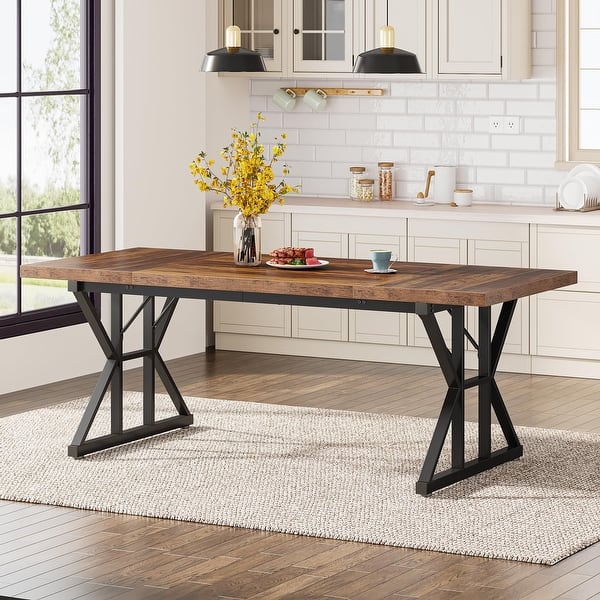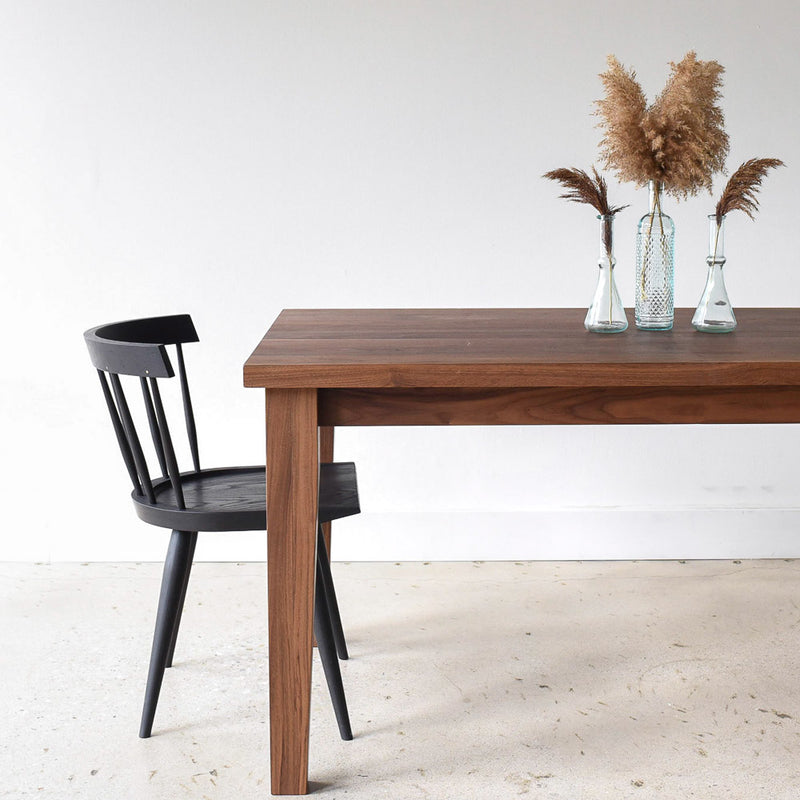Redefine Your Table's Appeal with Stunning Dining Table Legs Wood Styles
Redefine Your Table's Appeal with Stunning Dining Table Legs Wood Styles
Blog Article
Discovering the Different Kinds Of Dining Table Legs Timber for Your Eating Room
The choice of dining table legs timber can exceptionally affect both the functional and visual high qualities of your eating space. Strong wood options, such as oak and walnut, give a traditional appearance with unmatched resilience, while crafted wood choices provide cutting-edge styles that mimic the richness of all-natural grains. Furthermore, the expanding trend of recovered wood introduces a lasting aspect that interest ecologically aware consumers. As we discover these various choices, it comes to be important to think about not only the visual appeal however additionally the useful implications of each material selection. What variables should assist your decision?
Solid Wood Options

Additionally, strong timber is renowned for its toughness and longevity. Unlike engineered products, strong timber is much less vulnerable to warping and damage in time when appropriately kept. This makes it a perfect option for family members or those who frequently hold events. Each piece of solid wood is special, showcasing specific features that include in the charm and character of the dining table.
Additionally, solid timber can be ended up in countless means, varying from all-natural oils to discolored surfaces, allowing house owners to customize their furniture to match their design. In summary, picking strong wood for dining table legs not only makes certain architectural stability however also enhances the aesthetic charm of the dining location, making it a rewarding financial investment for any type of home.
Engineered Wood Alternatives

Plywood, built from multiple layers of timber veneer, is stable and particularly strong, making it an exceptional option for eating table legs. Its layered composition allows it to stand up to adjustments in humidity and temperature much better than standard strong wood. MDF, on the other hand, offers a smooth surface area for painting or veneering, enabling developers to achieve a polished appearance while preserving structural honesty.
Particleboard, often made use of in economical options, offers decent toughness and is lightweight, making it less complicated to take care of. Nonetheless, it may not be as sturdy as plywood or MDF. It is essential to think about the desired use and preferred visual when selecting engineered timber choices. These materials not only improve the capability of dining rooms yet also enable better design versatility, making certain that traditional and contemporary styles can exist side-by-side harmoniously.
Reclaimed Wood Features
Reclaimed wood provides a special blend of sustainability and personality, making it a progressively popular selection for dining table legs. Sourced from old barns, manufacturing facilities, and various other frameworks, redeemed wood embodies a history that new products merely can not duplicate. Each item carries its very own story, noted by unique blemishes, knots, and varying grain patterns, which add to a table's one-of-a-kind aesthetic appeal.
In enhancement to its visual charm, recovered timber is an eco friendly alternative. By repurposing previously made use of materials, it decreases the demand for brand-new lumber, thus helping to decrease and conserve woodlands waste. This straightens with a growing customer preference for sustainable techniques in furnishings.
Moreover, reclaimed timber is commonly extra long lasting than recently gathered timber as a result of its age. The natural drying process that reclaimed timber undergoes results in a denser and stronger product, making it less at risk to warping and splitting. This improves the durability of eating tables, enabling them to withstand the roughness of everyday usage.
Softwood vs. Hardwood
When selecting dining table legs, recognizing the differences between softwood and hardwood is crucial for accomplishing both functional and aesthetic goals. They normally display a more rustic appearance, making them appropriate for informal or country-style eating rooms.
On the other hand, woods, sourced from deciduous trees like maple, cherry, and oak, are renowned for their thickness, strength, and durability. The intricate grain patterns and rich shades check my source of hardwoods offer a advanced and ageless appeal, making them perfect for formal dining settings. While woods often tend to be extra pricey and larger, their strength against wear and tear commonly validates the investment.
Ultimately, the selection in between softwood and wood for dining table legs should align with your layout vision, use requirements, and budget, guaranteeing that your dining room shows your personal design while staying practical in time.

Therapies and finishes
The aesthetic charm and longevity of table legs can be significantly enhanced through various finishes and treatments. These procedures not just protect the timber from damages yet additionally boost its look, enabling it to match diverse indoor designs.
One typical treatment is staining, which penetrates the wood and enhances its all-natural grain while including color. Stains provide a rich, elegant appearance, making it possible for home owners to match their furnishings with existing decoration. Alternatively, clear surfaces such as polyurethane or varnish produce a safety layer without modifying the timber's original tone, ensuring durability versus deterioration.
Furthermore, natural oils, like tung or linseed oil, nurture the wood and offer a refined shine, all while being our website environmentally friendly. These oils allow the surface area to breathe, preventing dampness accumulation and potential warping.
For those looking for a rustic charm, weathered or from this source troubled finishes can be related to produce an aged appearance, adding character to the item. Eventually, the choice of treatments and coatings depends upon personal choice, desired aesthetics, and the details wood kind, making it vital to consider these aspects when picking table legs for your room.
Conclusion
Solid timbers, crafted choices, and reclaimed options each offer distinct advantages, catering to different preferences and requirements. Eventually, the option of timber type must straighten with desired style, sturdiness, and environmental considerations, improving the general dining experience.
The option of dining table legs wood can profoundly impact both the aesthetic and functional top qualities of your eating room - Dining Table Legs Wood. Strong wood options, such as oak and walnut, offer a classic look with unequaled resilience, while crafted timber choices use ingenious styles that imitate the richness of all-natural grains. Strong wood offers a timeless high quality that can raise the overall layout of an eating area. Each piece of strong timber is distinct, showcasing individual characteristics that include to the appeal and character of the eating table
Additionally, reclaimed timber is commonly much more durable than freshly gathered timber due to its age.
Report this page